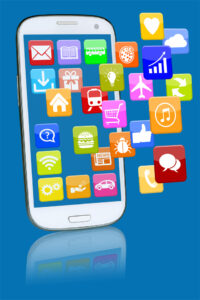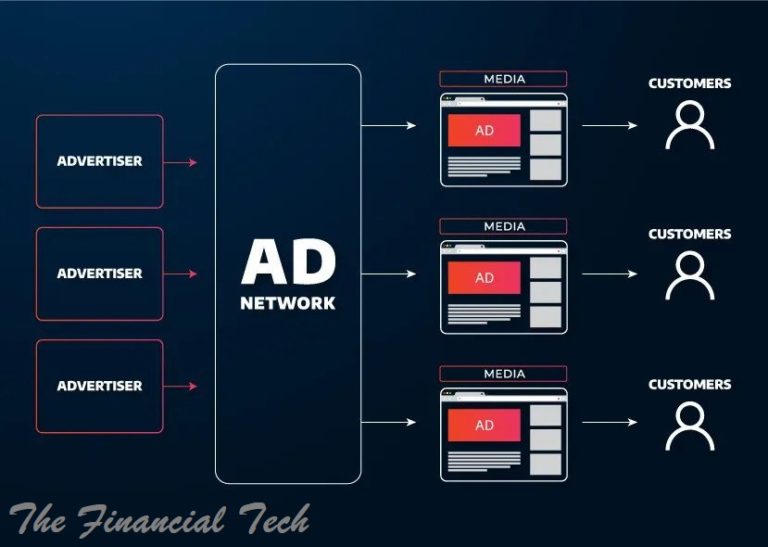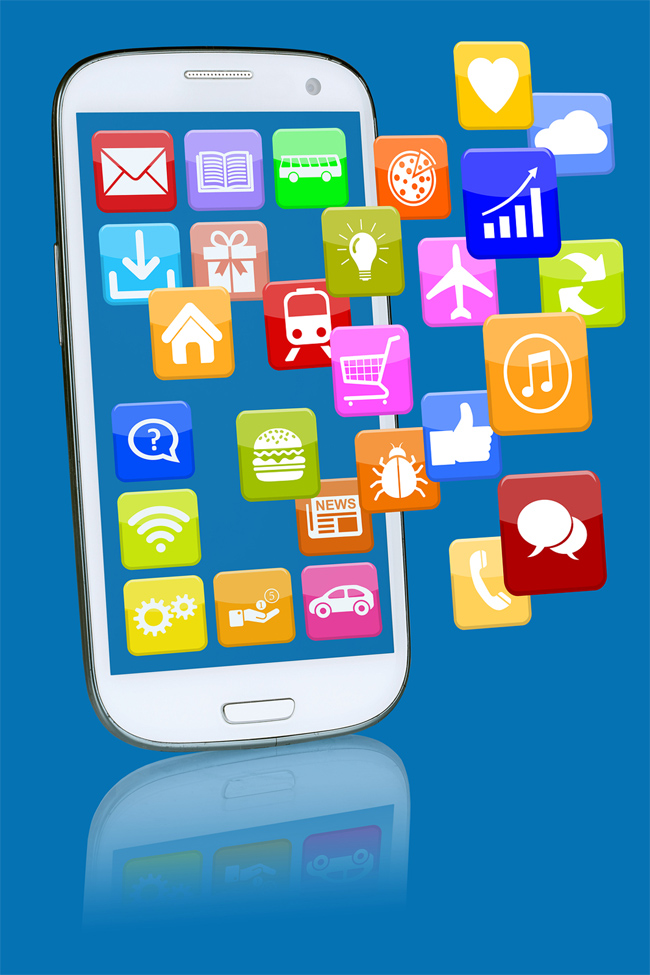Phone Apps
 The Ubiquitous Powerhouse: A Deep Dive into Phone Apps
The Ubiquitous Powerhouse: A Deep Dive into Phone Apps
In the palm of our hands, we now hold devices capable of feats that were once relegated to science fiction. At the heart of this technological revolution lies the phone app, a software application designed to run on smartphones, tablets, and other mobile devices. These digital tools have seamlessly integrated into nearly every facet of our lives, transforming how we communicate, work, learn, entertain ourselves, and navigate the world around us. Understanding the diverse landscape of phone apps, their development, impact, and future trends is crucial in today’s interconnected society.
The Genesis and Evolution of Phone Apps
The concept of mobile applications predates the modern smartphone era, with rudimentary programs existing on early feature phones. However, the launch of Apple’s App Store in 2008 and Google’s Android Market (now Google Play Store) shortly thereafter marked a pivotal moment. These platforms provided a centralized and accessible ecosystem for developers to create and distribute applications to a massive user base.
Initially, many apps were simple extensions of web-based services or offered basic utilities. As smartphone capabilities advanced – with faster processors, more memory, better cameras, and improved connectivity – so did the complexity and sophistication of phone apps. Today, we have apps that leverage cutting-edge technologies like augmented reality (AR), artificial intelligence (AI), machine learning (ML), and location services to deliver rich and personalized experiences.
A Diverse Ecosystem: Categories and Functionality
The sheer variety of phone apps available is staggering, catering to virtually every imaginable need and interest. Some of the major categories include:
Communication: These apps facilitate connection and interaction between individuals, including:
- Messaging Apps: WhatsApp, Telegram, Signal, offering text, voice, and video calls, as well as media sharing.
- Social Networking Apps: Facebook, Instagram, TikTok, connecting users through shared content, profiles, and interactions.
- Email Apps: Gmail, Outlook, providing access to electronic mail services.
- Video Conferencing Apps: Zoom, Google Meet, enabling real-time video and audio communication for meetings and collaborations.
- Messaging Apps: WhatsApp, Telegram, Signal, offering text, voice, and video calls, as well as media sharing.
Productivity: Designed to enhance efficiency and organization, these apps include:
- Calendar and Scheduling Apps: Google Calendar, Microsoft Outlook Calendar, helping users manage appointments and events.
- Note-Taking Apps: Evernote, OneNote, allowing users to create, organize, and share notes.
- Task Management Apps: Todoist, Trello, enabling users to create and track tasks and projects.
- File Management Apps: Google Drive, Dropbox, facilitating the storage, organization, and sharing of digital files.
- Office Suite Apps: Microsoft Office, Google Workspace, providing mobile access to word processing, spreadsheets, and presentations.
- Calendar and Scheduling Apps: Google Calendar, Microsoft Outlook Calendar, helping users manage appointments and events.
Entertainment: These apps provide leisure and enjoyment, encompassing:
- Streaming Apps: Netflix, YouTube, Spotify, offering on-demand access to movies, TV shows, videos, and music.
- Gaming Apps: Ranging from casual puzzles to complex multiplayer games.
- Social Entertainment Apps: TikTok, Instagram Reels, focusing on short-form video content.
- E-reading Apps: Kindle, Google Play Books, allowing users to read digital books.
- Podcast Apps: Spotify, Google Podcasts, providing access to audio shows on various topics.
- Streaming Apps: Netflix, YouTube, Spotify, offering on-demand access to movies, TV shows, videos, and music.
Information and Education: These apps provide access to knowledge and learning resources:
- News Apps: Providing up-to-date information on current events.
- Weather Apps: Offering forecasts and meteorological data.
- Encyclopedia and Reference Apps: Wikipedia, dictionary apps.
- Language Learning Apps: Duolingo, Babbel.
- Educational Apps: Covering various subjects and age groups.
- News Apps: Providing up-to-date information on current events.
Utilities: These apps offer practical tools and functionalities:
- Maps and Navigation Apps: Google Maps, Waze, providing directions and location-based information.
- Clock and Alarm Apps: Built-in utilities for managing time.
- Calculator Apps: For performing mathematical calculations.
- QR Code Scanner Apps: For reading quick response codes.
- Health and Fitness Tracking Apps: Fitbit, Google Fit, monitoring physical activity and well-being.
- Maps and Navigation Apps: Google Maps, Waze, providing directions and location-based information.
E-commerce and Shopping: These apps facilitate online transactions:
- Retail Apps: Amazon, Jumia, allowing users to browse and purchase goods.
- Food Delivery Apps: Uber Eats, Glovo, enabling users to order food from local restaurants.
- Ride-Sharing Apps: Uber, Bolt, connecting passengers with drivers.
- Finance and Banking Apps: Providing access to bank accounts and financial services.
- Retail Apps: Amazon, Jumia, allowing users to browse and purchase goods.
The Development Ecosystem: From Idea to App Store
The journey of a phone app from concept to availability on app stores involves several key stages:
- Ideation and Planning: Identifying a need or opportunity and defining the app’s purpose, features, and target audience.
- Design: Creating the user interface (UI) and user experience (UX) to ensure the app is visually appealing and easy to use. This involves wireframing, prototyping, and visual design.
- Development: Writing the code that powers the app’s functionality. This typically involves choosing a platform (iOS, Android, or cross-platform), selecting programming languages (e.g., Swift, Kotlin, JavaScript), and utilizing development tools and frameworks.
- Testing: Rigorously testing the app on various devices and under different conditions to identify and fix bugs and ensure stability and performance.
- Deployment: Submitting the app to the respective app stores (Apple App Store or Google Play Store), which involves adhering to their guidelines and review processes.
- Marketing and Distribution: Promoting the app to reach the target audience through various channels, including social media, app store optimization (ASO), and paid advertising.
- Maintenance and Updates: Continuously monitoring the app’s performance, addressing user feedback, fixing bugs, and releasing updates with new features and improvements.
The Impact of Phone Apps on Society
Phone apps have profoundly impacted various aspects of our lives and society as a whole:
- Communication: Apps have made global communication more accessible and affordable, connecting people across distances in real-time.
- Information Access: We now have instant access to a vast amount of information at our fingertips, empowering learning and decision-making.
- Commerce: Apps have revolutionized shopping, making it convenient to browse and purchase goods and services online.
- Entertainment: Apps provide a wide array of entertainment options, from streaming and gaming to social interaction.
- Productivity: Apps have streamlined workflows, improved organization, and enhanced personal and professional efficiency.
- Healthcare: Mobile health (mHealth) apps are transforming healthcare delivery, enabling remote monitoring, telemedicine, and access to health information.
- Education: Educational apps are making learning more interactive and accessible to a wider audience.
- Social Change: Apps have played a role in social movements and activism by facilitating communication and organization.
Challenges and Considerations
Despite their numerous benefits, phone apps also present certain challenges and considerations:
- Privacy Concerns: Many apps collect user data, raising concerns about privacy and security.
- Security Risks: Malicious apps can pose threats to personal data and device security.
- Digital Divide: Access to smartphones and affordable data plans remains a barrier for some populations.
- App Overload: The sheer number of apps available can be overwhelming for users.
- Screen Time and Addiction: Excessive use of certain apps can lead to negative consequences for mental and physical well-being.
- Monetization Strategies: The prevalence of in-app purchases and advertising can sometimes detract from the user experience.
The Future of Phone Apps: Trends and Innovations
The world of phone apps continues to evolve at a rapid pace, driven by emerging technologies and changing user needs. Some key trends shaping the future include:
- Integration of AI and ML: Apps will become more intelligent and personalized, offering proactive assistance and tailored experiences.
- Augmented Reality (AR) and Virtual Reality (VR): More immersive and interactive app experiences will emerge, blending the digital and physical worlds.
- 5G Connectivity: Faster and more reliable mobile networks will enable richer and more data-intensive app functionalities.
- Cross-Platform Development: Frameworks that allow developers to build apps for multiple platforms with a single codebase will become increasingly popular.
- Focus on Privacy and Security: Users will demand greater control over their data, leading to more privacy-focused app design and regulations.
- Wearable Integration: Apps will increasingly integrate with smartwatches, fitness trackers, and other wearable devices.
- Low-Code/No-Code Development: Tools that allow individuals with limited coding knowledge to create their own apps will democratize app development.
Conclusion
Phone apps have become an indispensable part of modern life, transforming the way we live, work, and interact with the world. Their evolution from simple utilities to sophisticated platforms has been remarkable, and their impact on society is undeniable. As technology continues to advance, phone apps will undoubtedly play an even more significant role in shaping our future, offering new possibilities and continuing to redefine the boundaries of what we can achieve with the devices in our pockets. Understanding the intricacies of this dynamic ecosystem is essential for navigating the digital age and harnessing the full potential of these powerful tools.
..




